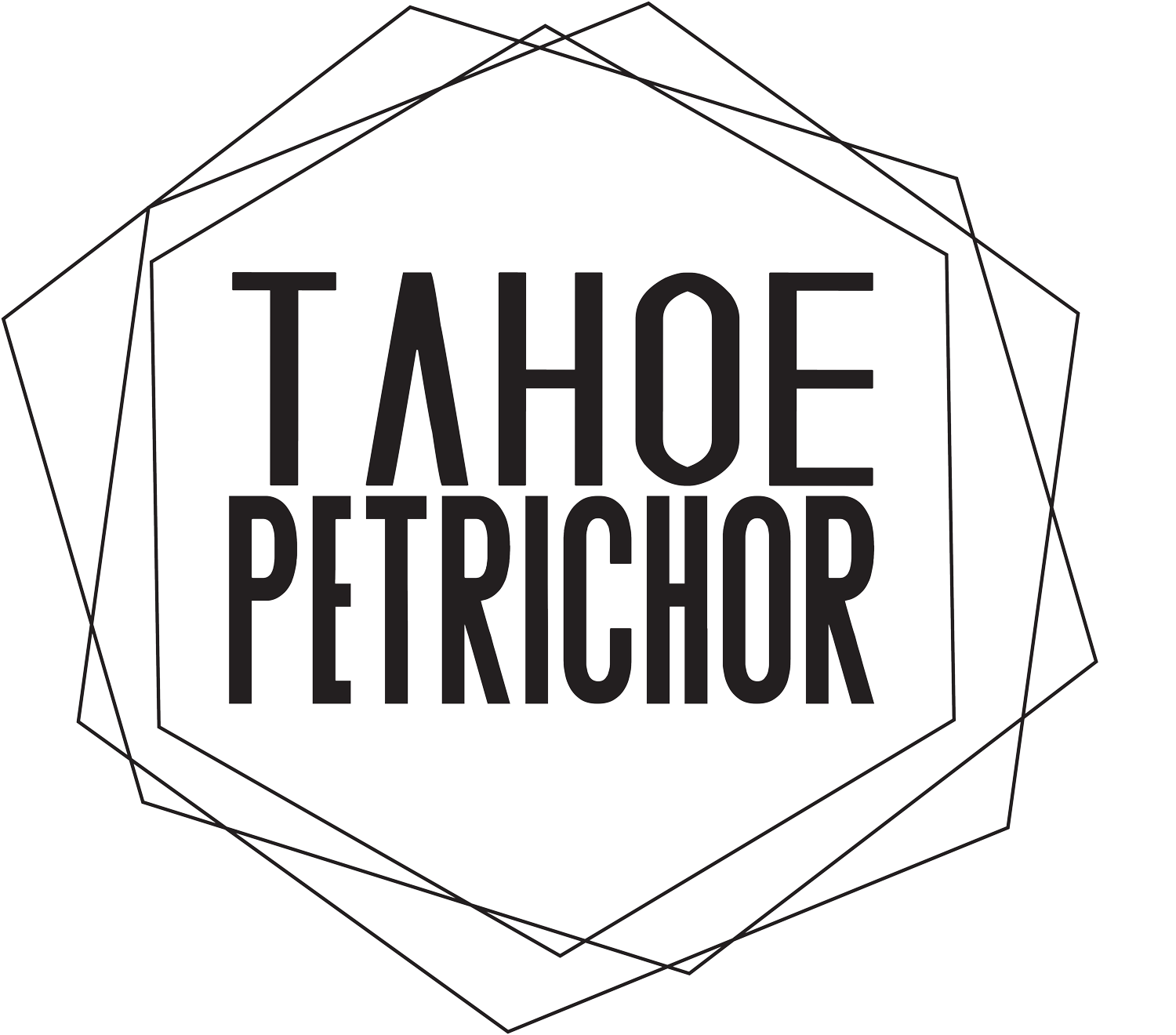Local Herb : Self-heal
Self-heal, also known as “heal all,” has been used for thousands of years as a multi-purpose herbal remedy. This purple flowering member of the mint family is used as a purifying and healing herb for topical and internal use. Self-heal is an edible flower that can be cooked and eaten, used as a tea, essential oil, or in skincare. Although aging is unavoidable, environmental factors, genetic makeup, dietary and lifestyle habits are great influencers on how your skin will age. Your daily skin and health care regime are important lifestyle habits to maintain the integrity of your skin. Normal aging causes fine, and pale wrinkles; photo-damage causes more coarse wrinkles and skin roughness.
Throughout history, P. vulgaris has been used for its anti-inflammatory and antioxidant properties. In the last year or two, multiple studies confirmed the skin protective and anti-aging effects of this herbal powerhouse. In a study conducted by the Journal of Rejuvenation Research (2018), researchers found self-heal to be protective against inflammation and UV damage. Results showed enhanced collagen synthesis, reduced radical oxygen species (ROS) associated with photo-aging. This is especially important to us outdoor enthusiasts since we are at a higher risk of UV irradiation, which causes skin damage, inflammation, wrinkles, oxidative and cellular damage. Self-heal was able to reduce hormones (glucocorticoid hormones such as hydrocortisone or cortisol) associated with age, stress, and declining skin structure. Excessive GH has been shown to reduce skin integrity (thinning and flattening of cells) and reduced collagen content (Evidence-based complementary and alternative medicine, 2018).

